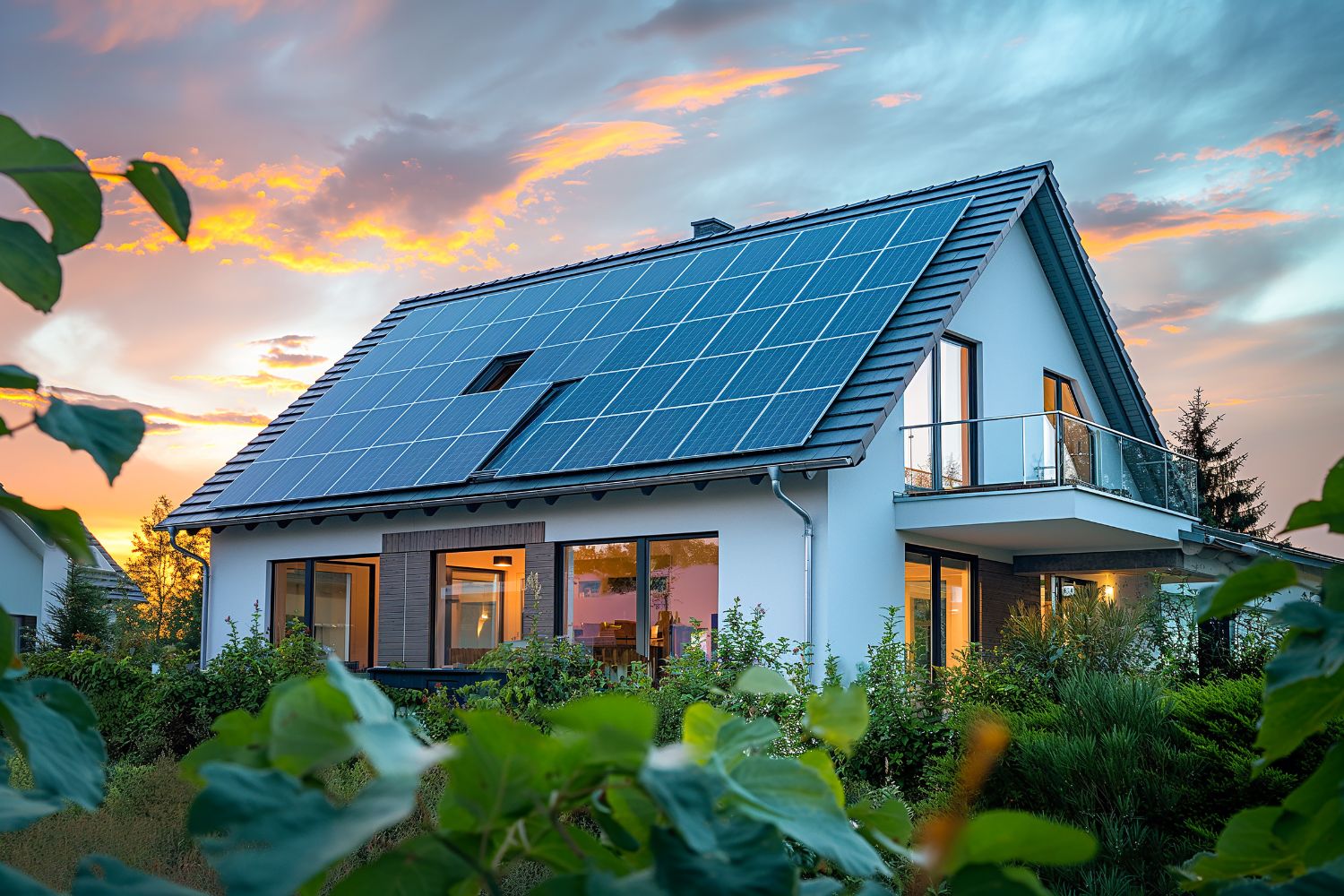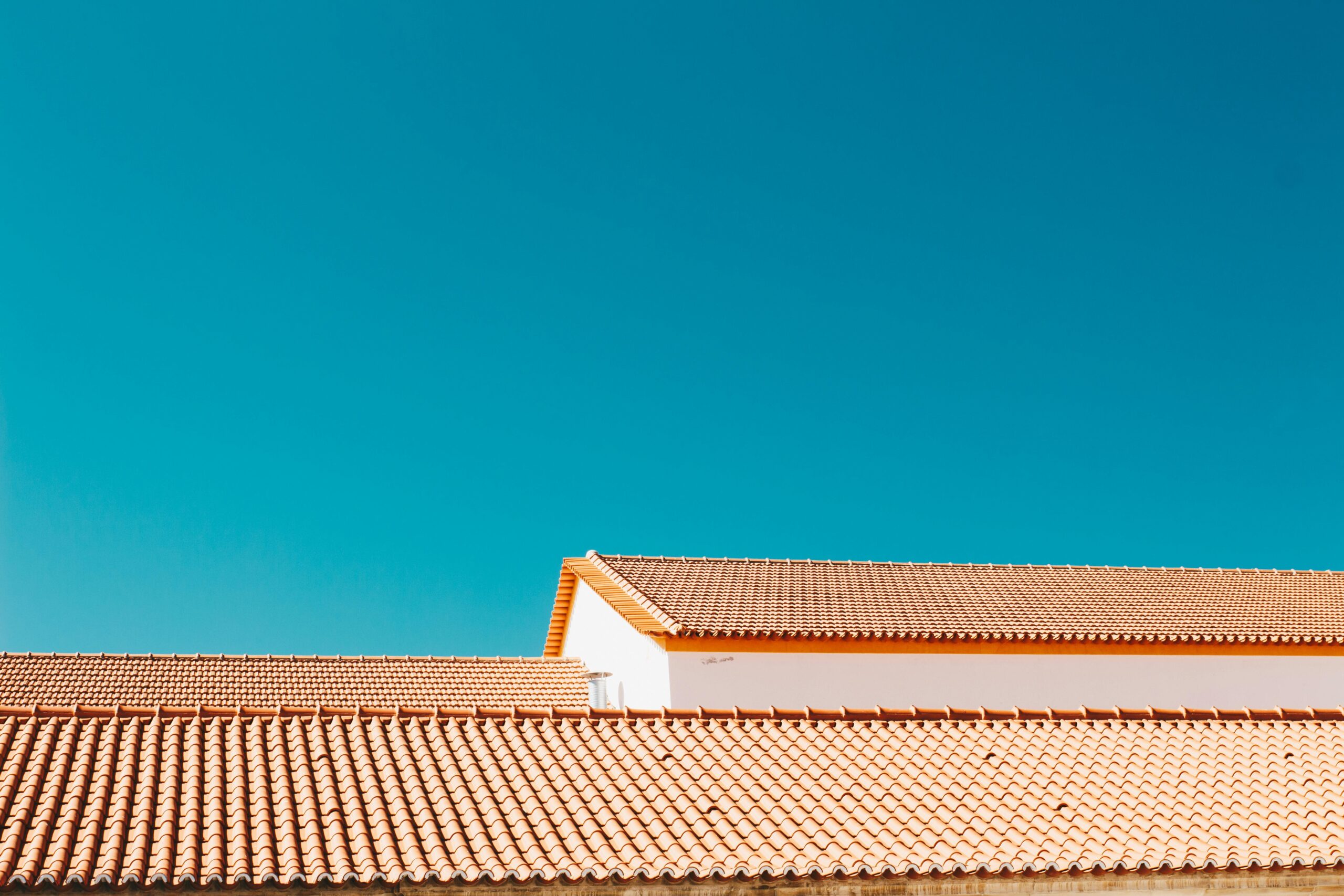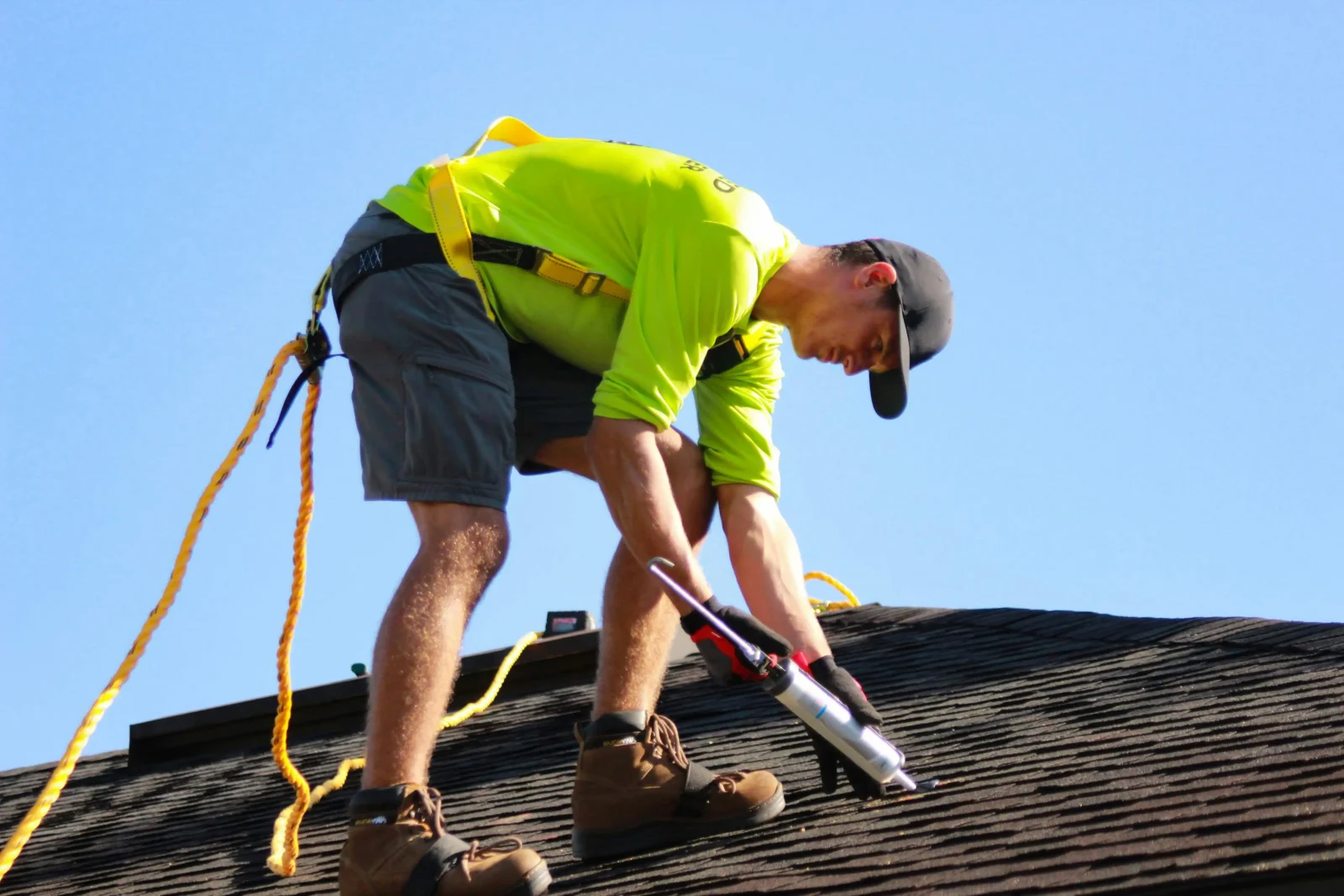- Home
- Articles
- Architectural Portfolio
- Architectral Presentation
- Inspirational Stories
- Architecture News
- Visualization
- BIM Industry
- Facade Design
- Parametric Design
- Career
- Landscape Architecture
- Construction
- Artificial Intelligence
- Sketching
- Design Softwares
- Diagrams
- Writing
- Architectural Tips
- Sustainability
- Courses
- Concept
- Technology
- History & Heritage
- Future of Architecture
- Guides & How-To
- Art & Culture
- Projects
- Interior Design
- Competitions
- Jobs
- Store
- Tools
- More
- Home
- Articles
- Architectural Portfolio
- Architectral Presentation
- Inspirational Stories
- Architecture News
- Visualization
- BIM Industry
- Facade Design
- Parametric Design
- Career
- Landscape Architecture
- Construction
- Artificial Intelligence
- Sketching
- Design Softwares
- Diagrams
- Writing
- Architectural Tips
- Sustainability
- Courses
- Concept
- Technology
- History & Heritage
- Future of Architecture
- Guides & How-To
- Art & Culture
- Projects
- Interior Design
- Competitions
- Jobs
- Store
- Tools
- More
What Are the Different Types of Roofing Materials Used in Residential Construction?

The roof of a house is one of its most critical components, providing protection, insulation, and aesthetic appeal. Choosing the right roofing material is essential to ensure longevity, energy efficiency, and compatibility with a home’s architectural style. With various options available, understanding the characteristics, benefits, and drawbacks of each type can help homeowners make informed decisions. Here, we explore some of the most popular roofing materials used in residential construction.
Table of Contents
ToggleMetal Roofing
Metal roofing has become increasingly popular among homeowners due to its durability, energy efficiency, and modern aesthetic. Available in materials such as aluminum, steel, copper, and zinc, metal roofs are versatile and can complement a range of architectural styles. They are known to withstand harsh weather conditions, including heavy rain, high winds, and hail. Additionally, their reflective properties make them an energy-efficient choice, helping to reduce cooling costs during hot months. The longevity of metal roofs, which can last 40 to 70 years, often makes them a worthwhile investment. However, professional installation is key to maximizing their lifespan and ensuring proper performance. Hiring reliable Port St Lucie roofers can make all the difference in achieving a seamless and secure installation that minimizes issues such as leaks or noise. While metal roofing tends to have a higher upfront cost compared to some alternatives, its durability and low maintenance requirements often offset the initial expense.

Asphalt Shingles
Asphalt shingles are among the most widely used roofing materials in the United States, and for good reason. They are affordable, versatile, and available in a variety of colors and textures, allowing homeowners to customize their roof’s appearance. Made from a combination of fiberglass, asphalt, and mineral granules, these shingles offer reliable weather resistance and are relatively easy to install.
One of the major advantages of asphalt shingles is their cost-effectiveness. They typically last 20 to 30 years, making them a practical choice for homeowners on a budget. Additionally, they are compatible with a range of architectural styles, from traditional to contemporary. However, asphalt shingles may not be as durable as other roofing materials in areas prone to extreme weather, and they may require periodic maintenance to address issues like curling or granule loss.
Clay and Concrete Tiles
Clay and concrete tiles are classic roofing materials that exude timeless elegance. Often associated with Mediterranean, Spanish, or Southwestern-style homes, these tiles are known for their distinctive appearance and impressive durability. Clay tiles are crafted from natural terracotta, while concrete tiles are made from a mixture of cement and sand, offering a more cost-effective alternative.
Both options are highly resistant to fire, rot, and insect damage, making them a long-lasting choice for homeowners. They can also withstand harsh weather conditions, including intense heat and heavy rain. However, their weight can be a drawback, as it may require additional structural support during installation. This factor, along with their higher cost compared to asphalt shingles, makes clay and concrete tiles a premium choice for those willing to invest in longevity and aesthetics.
Wood Shakes and Shingles
Wood roofing offers a natural, rustic charm that appeals to homeowners looking for an eco-friendly and visually striking option. Hand-split wood shakes and wood shingles, which are machine-cut, are typically made from cedar, redwood, or other durable woods. These materials are prized for their insulation properties, which can help regulate indoor temperatures.
While wood roofing provides undeniable beauty, it requires regular maintenance to prevent issues like mold, rot, or insect infestations. Treated wood products can improve resistance to fire and moisture, but homeowners should be prepared for periodic upkeep to maintain the roof’s integrity. Despite these challenges, wood shakes and shingles remain a popular choice for those seeking a distinctive and environmentally conscious roofing material.
Slate Roofing
Slate roofing is often considered the pinnacle of elegance and durability. Made from natural stone, slate tiles are incredibly long-lasting, with some roofs lasting over a century. Their natural beauty and unique texture make them a favorite for historic and high-end homes. Additionally, slate is highly resistant to fire, water, and harsh weather conditions.

The longevity and performance of slate roofing come at a premium price, making it one of the most expensive roofing options. It is also a heavy material, requiring professional installation and structural reinforcement in some cases. Despite these drawbacks, slate’s unparalleled durability and timeless appeal make it a coveted choice for homeowners who value quality and aesthetics.
Synthetic Roofing Materials
Synthetic roofing materials, such as synthetic slate or rubber shingles, have gained popularity for their ability to mimic the appearance of natural materials while offering improved durability and lower costs. These materials are typically made from a combination of recycled plastics, rubber, and other polymers, making them an eco-friendly option.
Synthetic roofing is lightweight, easy to install, and resistant to cracking, fading, and other common issues. Additionally, these materials often come with extended warranties, providing homeowners with peace of mind. While synthetic roofing may lack the authenticity of natural materials, its affordability and low maintenance requirements make it an attractive option for budget-conscious homeowners.
Selecting the right roofing material for a home involves balancing aesthetics, functionality, and budget. By understanding the different roofing options available, homeowners can make informed choices that enhance the beauty and protection of their homes for years to come.
illustrarch is your daily dose of architecture. Leading community designed for all lovers of illustration and #drawing.
Submit your architectural projects
Follow these steps for submission your project. Submission FormLatest Posts
Sunny Days, Secure Roof: Simple Steps to Shield Your Home
Your home is more than just a place to live—it’s a sanctuary....
Simple and Stylish Roof Ideas for Homeowners
When designing your home, don’t overlook the roof. It’s essential for both...
Key Qualities to Look For in a Residential Roofing Contractor
Choosing a residential roofing contractor involves careful consideration. The roof is a...
Top Signs It’s Time to Replace Your Gutters, Not Just Repair Them
What plays a crucial role in protecting your roof down to the...












Leave a comment